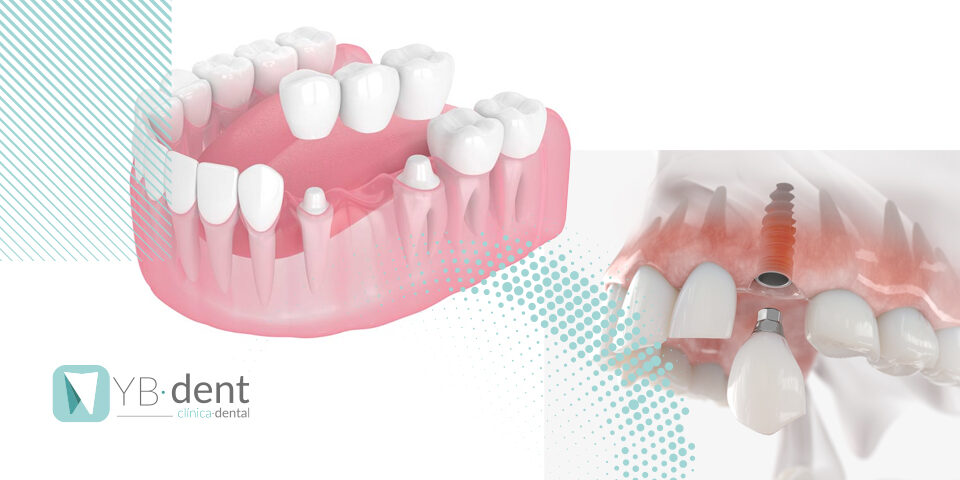Qué es un adhesivo dental y qué tipos hay

Si te acaban de poner una prótesis dental completa o parcial, o estás próximo a ello, este artículo te interesa.
El adhesivo o pegamento dental es un producto o sustancia que se emplea para fijar una prótesis de quita y pon a la encía del paciente. En el mercado existen distintos tipos de pegamento dental y por ello, es importante conocer sus distinto usos para usarlos con seguridad y comodidad.
Tipos de adhesivos dentales
A lo largo de la historia han existido diferentes tipos de adhesivos dentales. Elegir cuál es el mejor fijador para dentaduras postizas es una tarea complicada, ya que dependerá del usuario. Si que es importante evitar aquellos que contengan zinc, ya que este elemento produce efectos negativos en la salud.
Los que incluyen gel y pasta
Esta clase de adhesivos se aplican directamente a la dentadura seca o ligeramente húmeda, y luego se coloca en el interior de la boca. Su apariencia es parecida a las pastas dentales.
Las almohadillas
Las almohadillas se recortan para adaptarse al tamaño de la prótesis y luego se coloca en la dentadura postiza con el lado adhesivo, que posteriormente se humedece y se coloca en su lugar.
En polvo
Es una de las opciones más antiguas. Son muy fáciles de usar y no afectan el movimiento de la mordido si se colocan bien. Uno de sus grandes problemas es que se disuelven con agua. Por tanto, la saliva puede ir desgastándolos. Esto hace que no sean tan confiables como las otras opciones que mencionamos.
¿Cuánto dura el adhesivo dental para prótesis dentales y cómo se usa?
Los pegamentos para dentaduras postizas se aplican solo una vez al día, ya que su uso continuado puede irritar la encía.
Para aplicarte la mayoría de estos productos debes seguir algunos pasos básicos:
- Limpia y seca muy bien la prótesis dental
- Aplica el pegamento, no cerca de los bordes, en cualquiera de sus presentaciones sobre la prótesis.
- Limpia y enjuaga tu boca antes de colocarte la prótesis.
- Presiona la dentadura en su lugar y mantelo durante un tiempo según lo que indique el producto.
- Para retirarlas aplica un movimiento de balanceo en la prótesis para que se vaya aflojando. Luego retírala y elimina los restos de adhesivo con un cepillo blando o siguiendo las indicaciones del dentista.
Beneficios de los adhesivos dentales
Un gran número de estudios evidencia que el uso de adhesivos no sólo consigue disminuir el movimiento de la prótesis, sino que también consigue mejorar la función masticatoria impidiendo que se separe de los tejidos de soporte.
Gracias también al efecto de relleno, los adhesivos dentales disminuyen el acumulo de partículas bajo las prótesis reduciendo el mal olor, mal sabor y la posible irritación de la mucosa debido al acúmulo de alimentos.
- Generan una mayor satisfacción, puesto que generan mayor estabilidad lo que permite masticar y hablar con más seguridad
- Brindan más seguridad, dado que no se mueven y deslicen de un lugar a otro dentro de la boca.
- Proveen más resistencia.
La importancia de una buena higiene bucodental
Aunque los adhesivos dentales no son dañinos para el resto de tus dientes o tejido gingival, es importante limpiar la prótesis después de cada comida para eliminar cualquier resto de alimento, así como de adhesivo.
La aplicación del pegamento dental no debe durar más de un uso y al adquirir el hábito de limpiarlas continuamente evitamos la acumulación de bacterias que pueden provocar afecciones u otros problemas de salud bucodental.
Ahora que sabes que tipo de pegamentos existen, tan sólo queda que elijas entre las diferentes marcas que existen en el mercado, el que mejor te convenga para fijar tu prótesis dental removible.
También es importante que consultes con tu dentista de confianza cuál es el tipo de pegamento dental que mejor se ajusta a ti para que la dentadura postiza no afecte tu vida diaria. Si lo necesitas ¡pide tu cita ya con nosotros!



